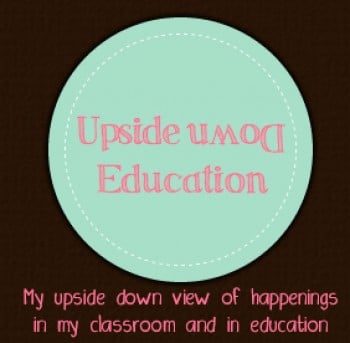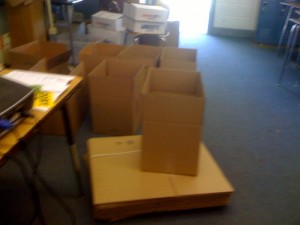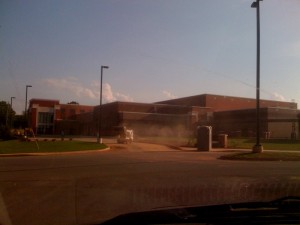Told you I wasn’t finished with the pickle post. I know I took a long break between but I’m totally swamped. Only writing now because I need to clear my head.
Back to pickles. Those who love pickles know there are so many ways to “make” them. Whole dill (kids love those!), bread and butter, spicy wickles, BUT my all time favorite is fried pickles! I HATE fried food, but there is comething about a fried pickle dipped in Ranch that I cannot resist. What genius came up with frying a pickle? Has to be a southerner! (People who hate pickles I’m sure are gagging right about now, so moving on.)
What is a pickle? A cucumber soaked in something right? We take this funny looking bumpy cucumber and put it in a jar. All pickles, fried, dilled, etc, all are really just a pickle. If we can come up with so many ways to serve a cumcumber, why are we asking kids to just give us information in one form? (See I am going somewhere with this!)
We tell students to research information but do not give them choices on how to share it. Well tell them to write a paper, or (God help me) make a PowerPoint, but rarely do they get to choose. Students need to use creativity in ways they feel comfortable. There was an #edchat a few weeks ago on creativity and one thing I kept think about is that all kids have something to share, they just are not comfortable to share in all ways.
When I assign most projects I give a variety of choices. Many, but not all use technology. I did a space project (this is just one example) this year and here were the choices that catered to most learning types:
1. They could create a slide show that was interactive. This was great for those who were comfortable with computers AND for those who love to be in the spot light. These kids loved to get up and talk to the class. I had a few who did not like to talk, but were very tech savy that included audio so they would not have to speak to the class.
2. They could create an online or pencil and paper comic book. My shy and/or artisitic kids did wonderful with this option. I really was impressed by their skills!
3. The students could create a website or a wiki. The techy but quiet students jumped on this assignment. They hey had all their info on this website so they did not have to say much. My students who were excellent writers chose this assignment too.
4. The students could create a twitter account and pretend to be an astronaut. Only one student choose this, but I noticed he was a student that is usually very “with-it” when it came to social media. He was the only one who already had a twitter account.
5. The last two were projects the kids had to build. One was a gravity gauge. My “science” boys jumped on this. All 3 were students who you could tell liked cars, how things worked, etc.
6. Lastly I had the old school Build the Solar System. The students who did not like to write nor speak to the class mostly did these. It seems like a cheesy activity, but they had to get it in order, plus include moons, etc. It was not an easy way out and did show they understood the location of planets and how they rotated, etc.
7. There is the “Or what ever you feel comfortable doing, just make sure you run it by Mrs. Dykes first”
I’m not telling you about this project to brag but last week I asked my kids to tell me their likes and dislikes about the year. All the projects where they were able to choose how to present their information or what information to present all fell in the like category! The projects that I kept noticing in the dislike was the projects I did not give them a choice!! Many hated the blog project. At first I could not figure out why, then it hit me. If they are not writers or comfortable with using technology this project would be difficult. I would much rather be on a stage in front of 100s than to be writing this blog post right now to be honest. I have “writers stage fright.” I freeze so many times. I wonder how many times that happened to my students.
We have to start giving students choices. Give them freedom to express themselves the way they feel comfortable. I am not saying we should not teach them how to use all these ways, but once they figure it out, let them choose.
One more thing, when students do use their creativity remember not to grade their creativity, use a rubric to grade the content. They are still learning what their skills are, they may not always make the best choice this time!
a



